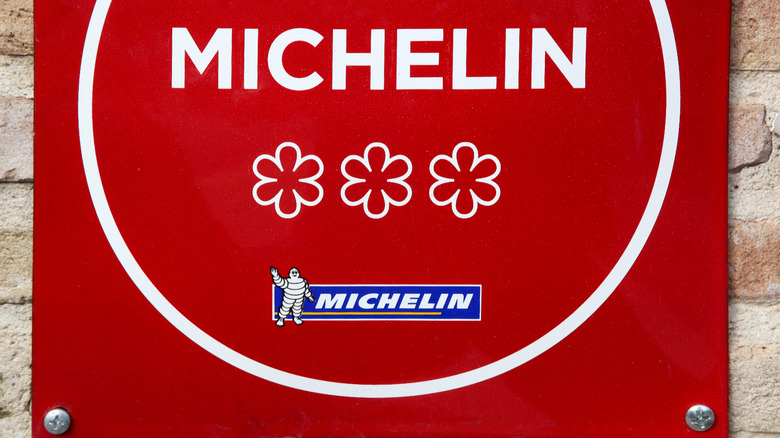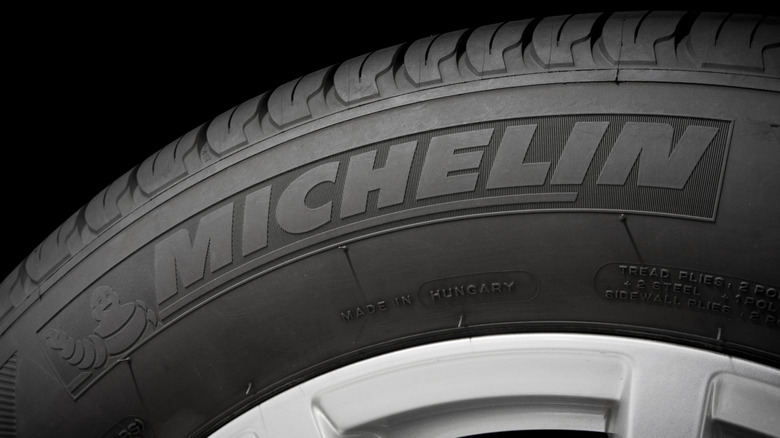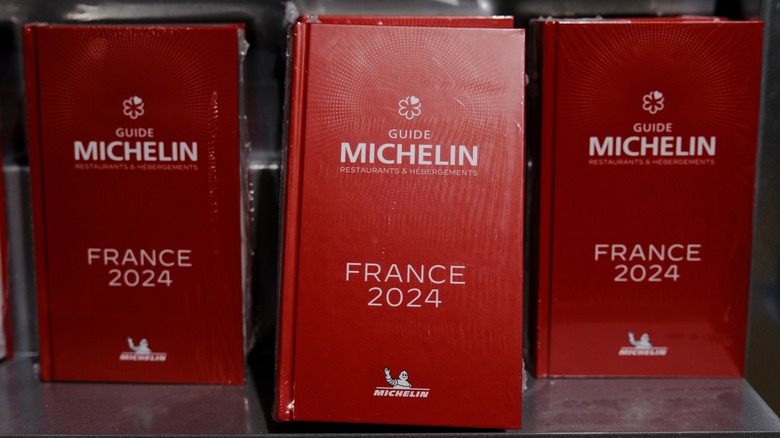What Is A Michelin-Starred Restaurant, Really? Why Do We Care?
You have no doubt heard of Michelin stars and their vaunted place in the restaurant industry. The gastronomic press is abuzz with stories about which chefs have the most Michelin stars, and whenever a big-name chef like Gordon Ramsay loses Michelin stars, it is treated as a devastating loss.
To many, these stars represent the ultimate culinary achievement, even though there isn't much substance to the award itself. There's no prize money, and although winning restaurants get a write-up in the Michelin Guide, it's just a small blurb with basic information, not a glowing review. You get a plaque with a star on it to display at your restaurant, and that's really it as far as tangible rewards. The real prize is the clout.
Some food-loving folks plan entire vacations around visiting Michelin-starred restaurants, journeying thousands of miles just to see what the hype is about, and all on the word of a tire company. That association is confusing to some. After all, what do cars and fine dining have in common? Quite a lot actually. The Michelin Guide wasn't invented to celebrate food, it was invented to sell tires, and over a century into its existence, it stands as one of the most brilliant PR moves in history.
The history of the Michelin Guide
In 1889, brothers Édouard and André Michelin took over their family's rubber company and soon proved themselves to be highly ambitious businessmen. Édouard invented the modern removable tire, which became a sensational hit with cyclists. However, the brothers had dreams beyond bicycles, seeing even greater potential in the budding automotive industry. There was only one problem: In 1890s France, there were few cars on the road. If the Michelins wanted to sell car tires, they would need to convince more people to drive.
Figuring that people would want to get cars (and therefore tires) if they had compelling destinations to go to, they made a travel guide. Initially, it wasn't just about dining. The first Michelin Guide, published in 1900, contained maps, locations of gas stations and mechanics, and even instructions for changing one's tires. There was also a section for where to find meals and accommodations — over time, this would become the main focus.
Originally, travelers could get copies of the Michelin guide for free, but in 1920, the company decided to start charging for it. This meant they could drop paid advertisers and take a more critical approach to restaurants and hotels. They began to hire anonymous diners to critique restaurants, and in 1926, they began marking their favorite restaurants with a star. Some 10 years later, the Guide adopted the three-star system that would come to be seen as the ultimate measure of culinary quality, for better and for worse.
Why do people care about Michelin stars, and should they?
The fact that Michelin-starred restaurants tend to draw the rich and famous is a huge factor in the Guide's renown. Since its inception, it has appealed to the upper classes. In fact, the brand's iconic mascot, Bibendum, originally sported a monocle and cigar. Michelin has always favored so-called "fine dining" establishments, building its prestige on the attention of societal elites. The air of mystery surrounding the way restaurants earn Michelin stars only adds to the Guide's reputation for exclusivity. However, this image of elitism is controversial.
Criticism towards the Michelin Guide typically focuses on three key points: Eurocentrism, elitism, and limited coverage. The company is based in France, and unsurprisingly, France is the country with the most Michelin-starred restaurants. For over a century, the guide only reviewed restaurants in Europe before expanding to the U.S. in 2006, and it has continued to draw criticism for a perceived bias towards European cuisines. Today, the Guide covers 37 countries, overlooking significant culinary destinations like the world's most populous country, India, and the entire African continent.
Michelin has made moves to expand its coverage, including introducing the Bib Gourmand award for more affordable restaurants. However, this comes nowhere near the prestige of Michelin stars, awards that are predominantly given to restaurants well out of the average person's budget. But good food is within everyone's reach, regardless of what Michelin's reviewers consider the best. Besides, it's all a matter of personal taste in the end.


